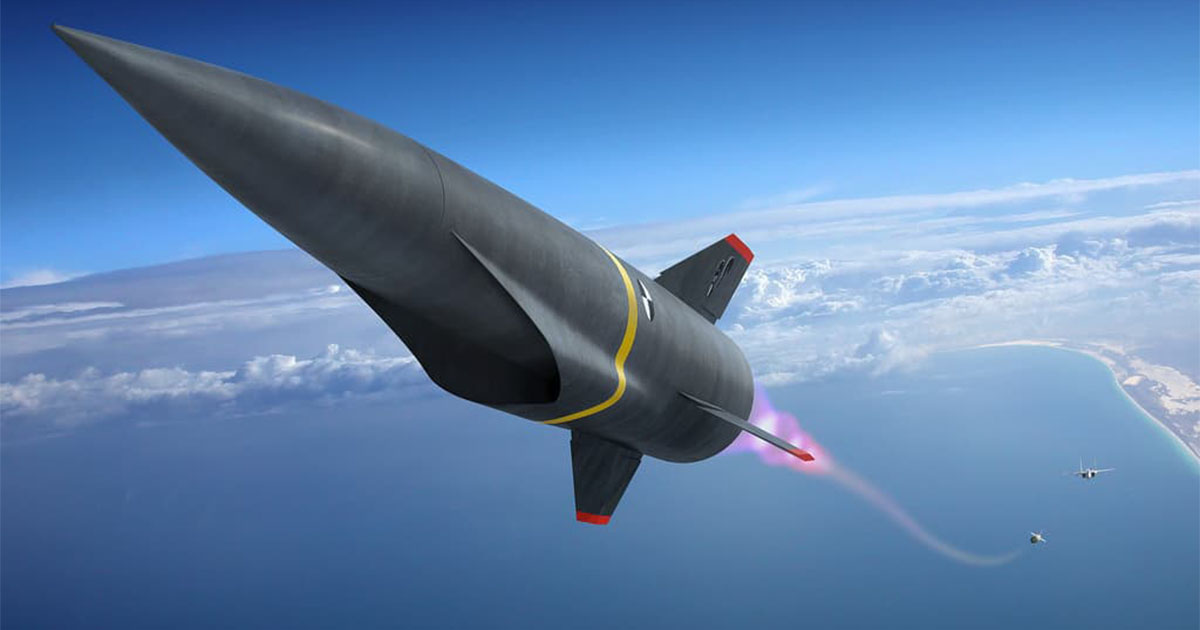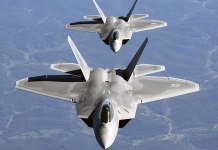While Russia’s use of hypersonic missiles in Ukraine is grabbing attention worldwide, US defense officials believe China is outpacing Russia in developing hypersonic weapons and may have already fielded a weapon that can strike US facilities in the Pacific.
On March 10, the Defense Intelligence Agency’s chief scientist for science and technology told US lawmakers that China and Russia had tested hypersonic weapons successfully and had probably deployed operational systems. However, China currently outpaces Russia regarding supporting infrastructure and system numbers.
Paul Freisthler, the chief scientist for DIA’s analysis division, told a House Armed Services subcommittee that China had made significant advancements in developing conventional and nuclear-armed hypersonic missile technology and capabilities through intense, concentrated investment, development, testing, and deployment.
In addition, China has been testing an intercontinental ballistic missile since 2014 that carries a hypersonic glide warhead. He added that the weapon demonstrated its ability to traverse the world in July 2021.
Freisthler mentioned that China’s Academy of Aerodynamics allegedly uses at least three hypersonic wind tunnels with operating speeds of Mach 8, 10, and 12.
Hypersonic missiles, capable of moving at speeds greater than five times the speed of sound, strike their targets in a blinding, destructive flash, leaving little time for a defense.
So far, no foolproof defenses have been developed. Being quick, efficient, precise, and unstoppable on the modern battlefield are rare but highly valued qualities.
According to data from the Congressional Research Service and the Defense Intelligence Agency, China reportedly runs two hypersonic weapon research facilities with at least 21 wind tunnels.

China’s Advancement In Hypersonic Weapons
In July 2021, China’s hypersonic weapon successfully circled the globe during a system test, leading a prominent US defense official to compare the event to the beginning of the initial space race in the 1950s.
The DF-17 is a medium-range ballistic missile important to China’s hypersonic arsenal. With a range of up to 2,500 kilometers, the missile can be fired from a mobile transport-erector launcher. The DF-17 can be launched as an HGV system from a standard rocket booster.
Moreover, China also possesses the DF-41 intercontinental ballistic missile, equipped with a hypersonic glide vehicle.
According to Chinese media, the DF-41 missile can carry around ten independently targetable nuclear warheads with an operational range of more than 14,000 kilometers, making it capable of striking any location on Earth.
Beijing also developed a hypersonic aircraft prototype called the Starry Sky-2 that may transport nuclear missiles at six times the speed of sound.
Meanwhile, on March 9, Russia launched a massive missile attack on Ukraine, using around six hypersonic Kinzhal missiles. The Kinzhal has a range of about 2,000 kilometers and can go up to Mach 10.

Moreover, Russia has the Avangard hypersonic glide vehicle, which it claims has a range of more than 6,000 kilometers and a top speed of Mach 20. In addition, there is the ship-launched Zircon hypersonic missile, which has a 1,000-kilometer range and a top speed of Mach 8.
According to Freisthler, Moscow has also revealed plans to mount a hypersonic glide vehicle on its Sarmat intercontinental ballistic missile and is currently working on an air-launched hypersonic missile (the Kh-95).
The US military has been working on various hypersonic weapons, all still in the testing or development stages.
In contrast to China and Russia, officials have stated that the United States has no intentions to equip any of its hypersonic weapons with nuclear warheads.
American officials are concerned that the Chinese could use hypersonic weapons to attack American warplanes and other assets at bases in Japan or Guam.
The weapons may even unexpectedly penetrate the decks of one of America’s 11 multibillion-dollar aircraft carriers, ending aviation operations instantly in the area of operation.
Defense analysts pointed out this vulnerability might someday make the floating behemoths outdated.
In the coming decades, these new weapons could carry out a task that nuclear weapons have long been envisioned to do: launch a first strike against the government or arsenals of another country, disrupt key communication channels, and weaken some of its retaliatory forces.
All of this could be accomplished without the radioactive fallout and specific condemnation that could result from the explosion of nuclear warheads.
- Contact the author at ashishmichel(at)gmail.com
- Follow EurAsian Times on Google News




